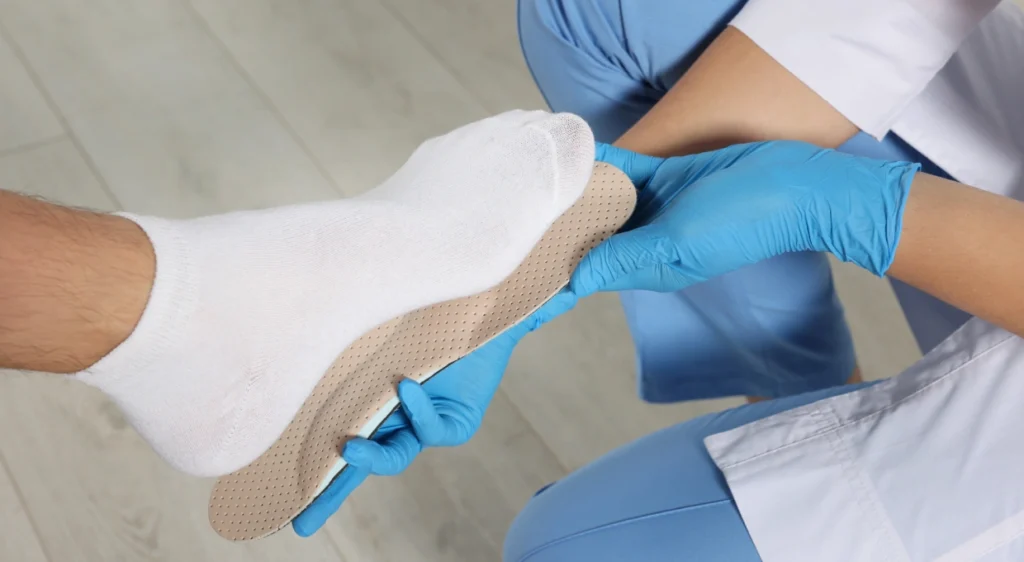When buying shoes, it is crucial to pay attention to several aspects that affect not only comfort, but also the health of your feet. Here is a guide to the most common mistakes when buying shoes and how to avoid them to ensure a good choice.
Do not consider the type of material
Shoe material: A common mistake is not paying attention to the material of the shoes. Leather, for example, is a flexible and durable material that allows the foot to breathe, while synthetic materials can cause excessive sweating and discomfort. Opting for good quality materials is essential for the comfort and longevity of the footwear.
Ignore arch support
Arch support: Not all shoes offer the same level of support. It is important to choose shoes that provide good arch support, especially if you have flat feet or high arches. Proper support can prevent problems such as plantar fasciitis and foot pain.
Choosing the wrong size
Correct sizing: Buying the wrong size shoes is one of the most common mistakes. It is essential to measure both feet and choose a size that allows a little room (about one centimeter) in the front. A shoe that is too tight or too big can cause blisters, calluses and other foot problems.
Not trying on shoes at the end of the day
Try on shoes at the end of the day: Feet tend to swell throughout the day, so it is best to try on shoes in the afternoon or evening. This ensures that the shoes are comfortable even when your feet are at their maximum size.
Neglecting flexibility and cushioning
Flexibility and cushioning: Shoe flexibility and adequate cushioning are crucial to daily comfort. A shoe that is too stiff can restrict the foot’s natural movement, while lack of cushioning can increase impact when walking, causing pain and fatigue.

Do not check the sole
Suitable soles: The sole of the shoe should be sturdy and offer good traction to prevent slipping. In addition, a sole with good shock absorption can protect knee and ankle joints when walking on hard surfaces.
Do not consider the width of the foot
Shoe width: Many people do not consider the width of the shoe, which is just as important as the length. A shoe that is too narrow can cause corns and bunions, while one that is too wide may not provide adequate support.
Overlook the heel and the buttress
Heel and heel counter: The heel and heel counter of the shoe should be firm to provide stability and support to the ankle. A flexible or weak heel can lead to sprains and stability problems.
Failure to check the inside of the shoe
Shoe interior: Make sure the inside of the shoe is free of hard seams or labels that can cause friction and blisters. A soft, well-finished lining is essential for comfort.
Conclusion
Taking these details into account when purchasing shoes can make a big difference in the comfort and health of your feet. At Clínica San Román, we offer professional advice to help you choose the right shoes for your specific needs. If you need help selecting the best shoes for you, contact us today to schedule an appointment. Our team of experts is here to provide you with the best care and personalized advice.


